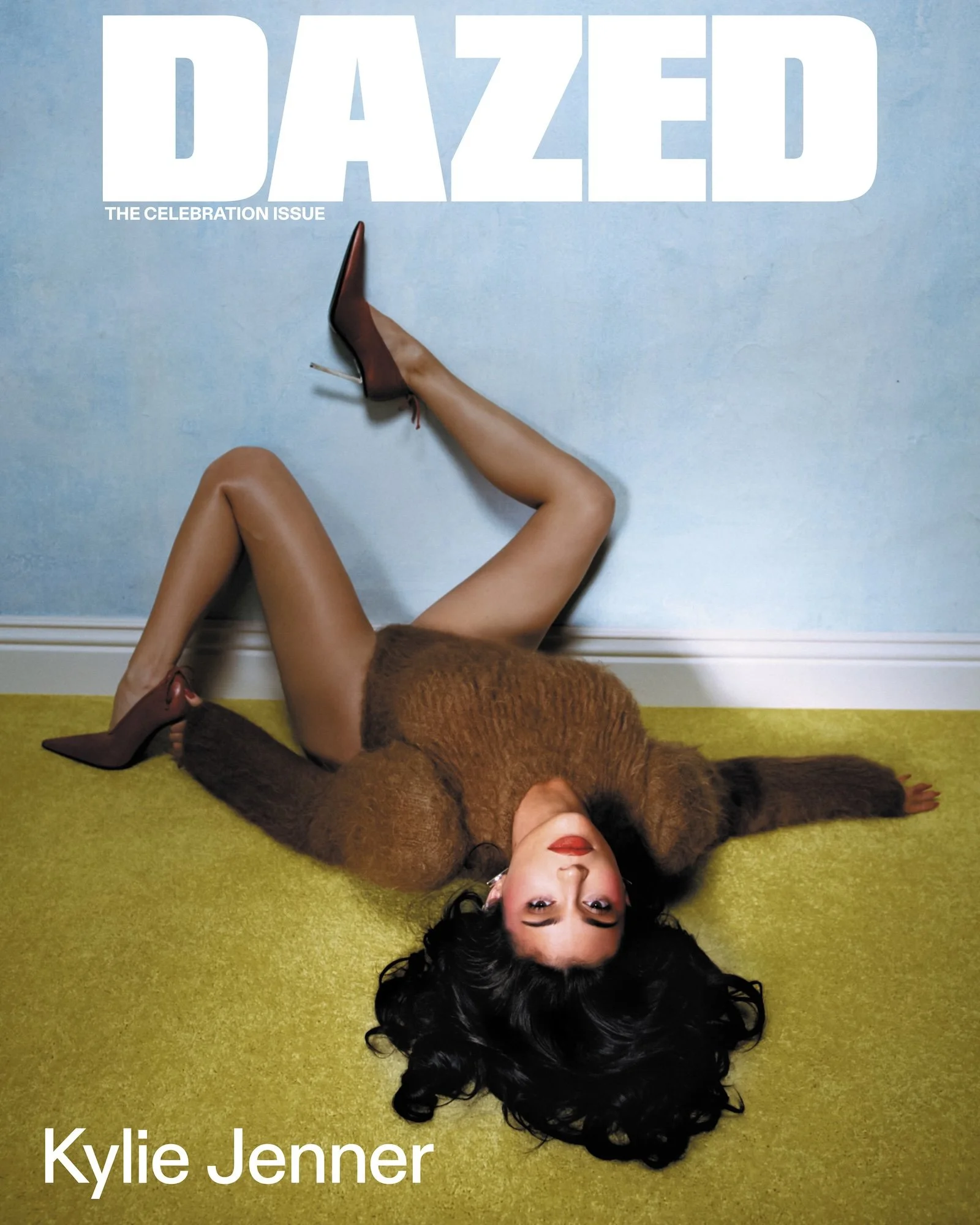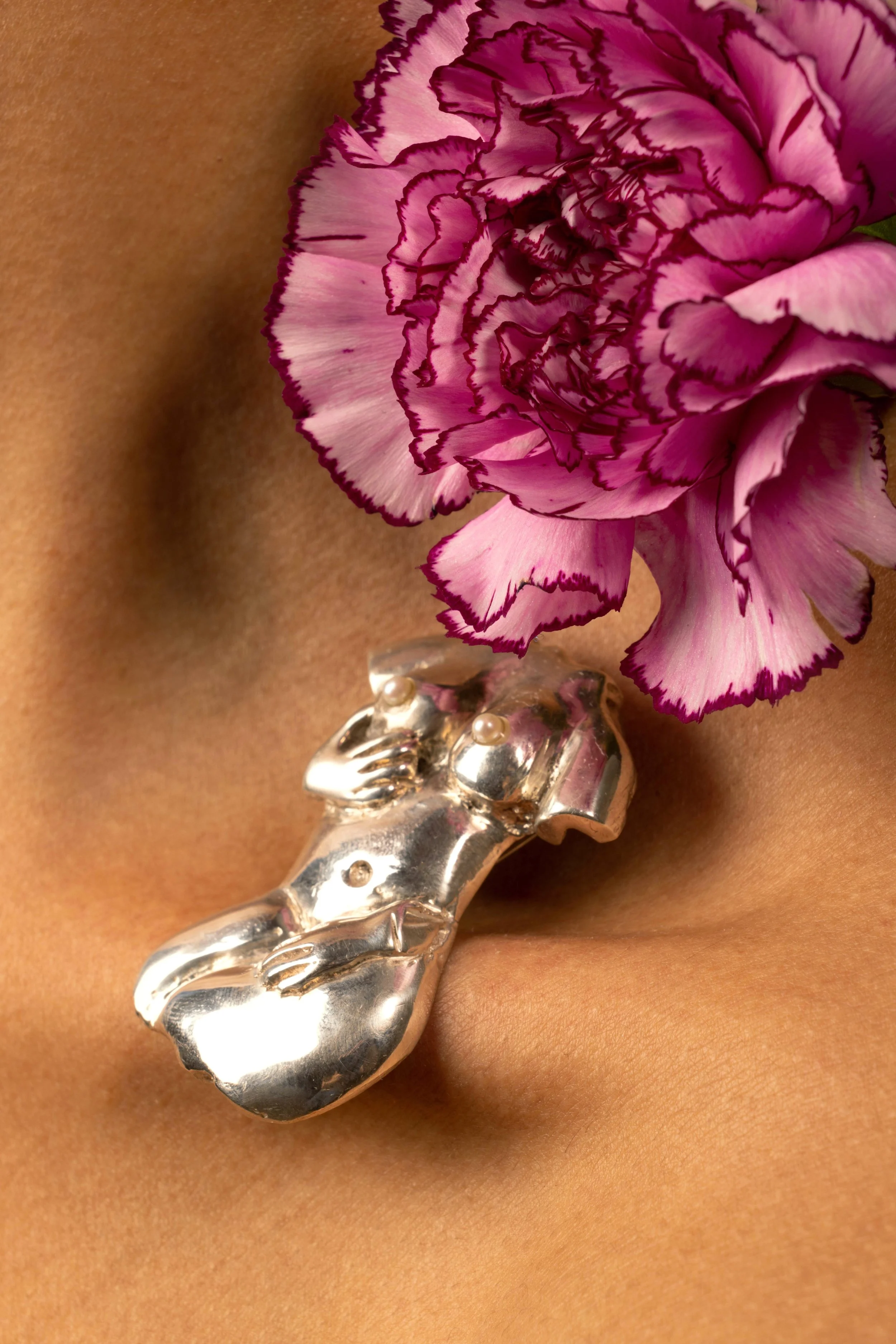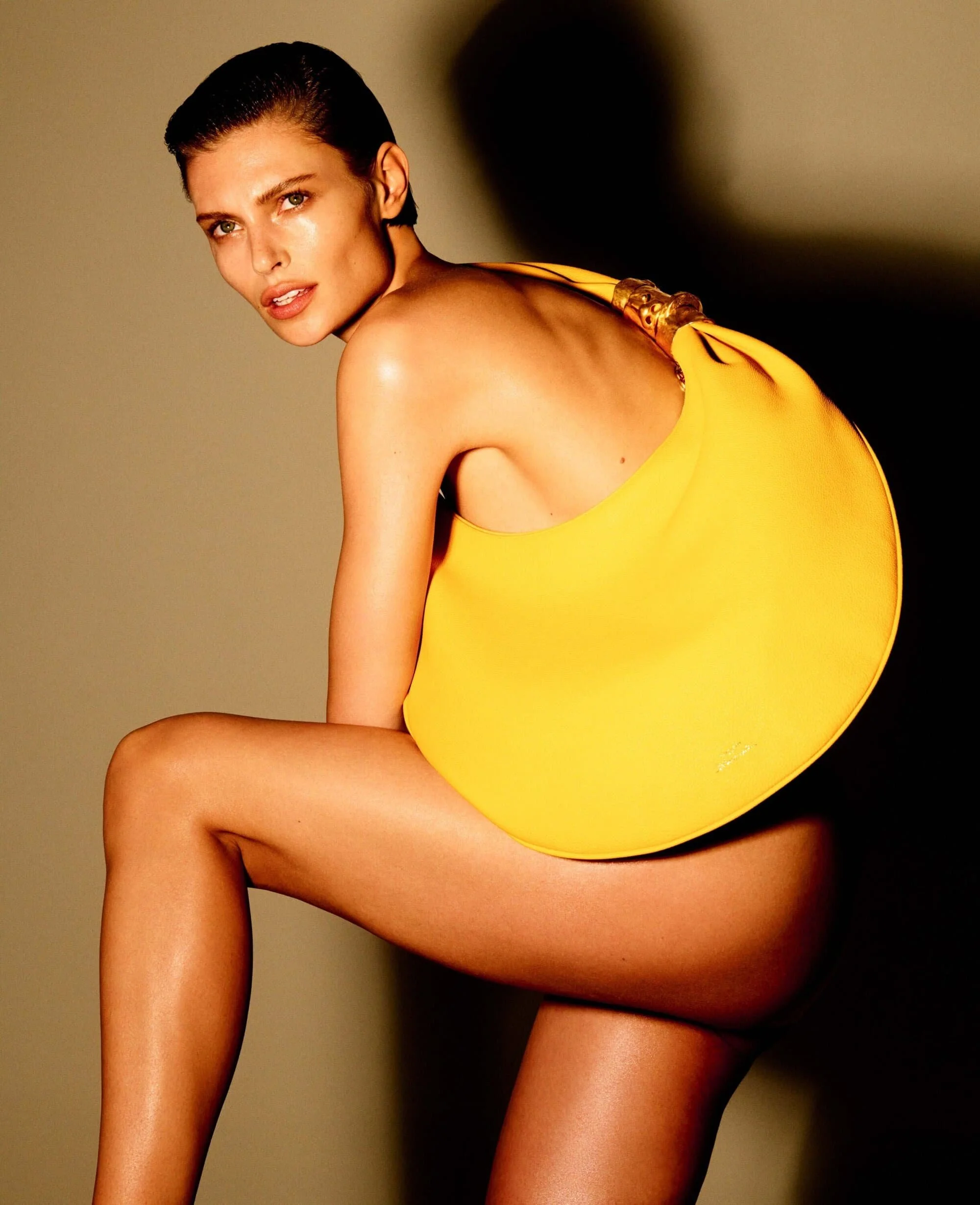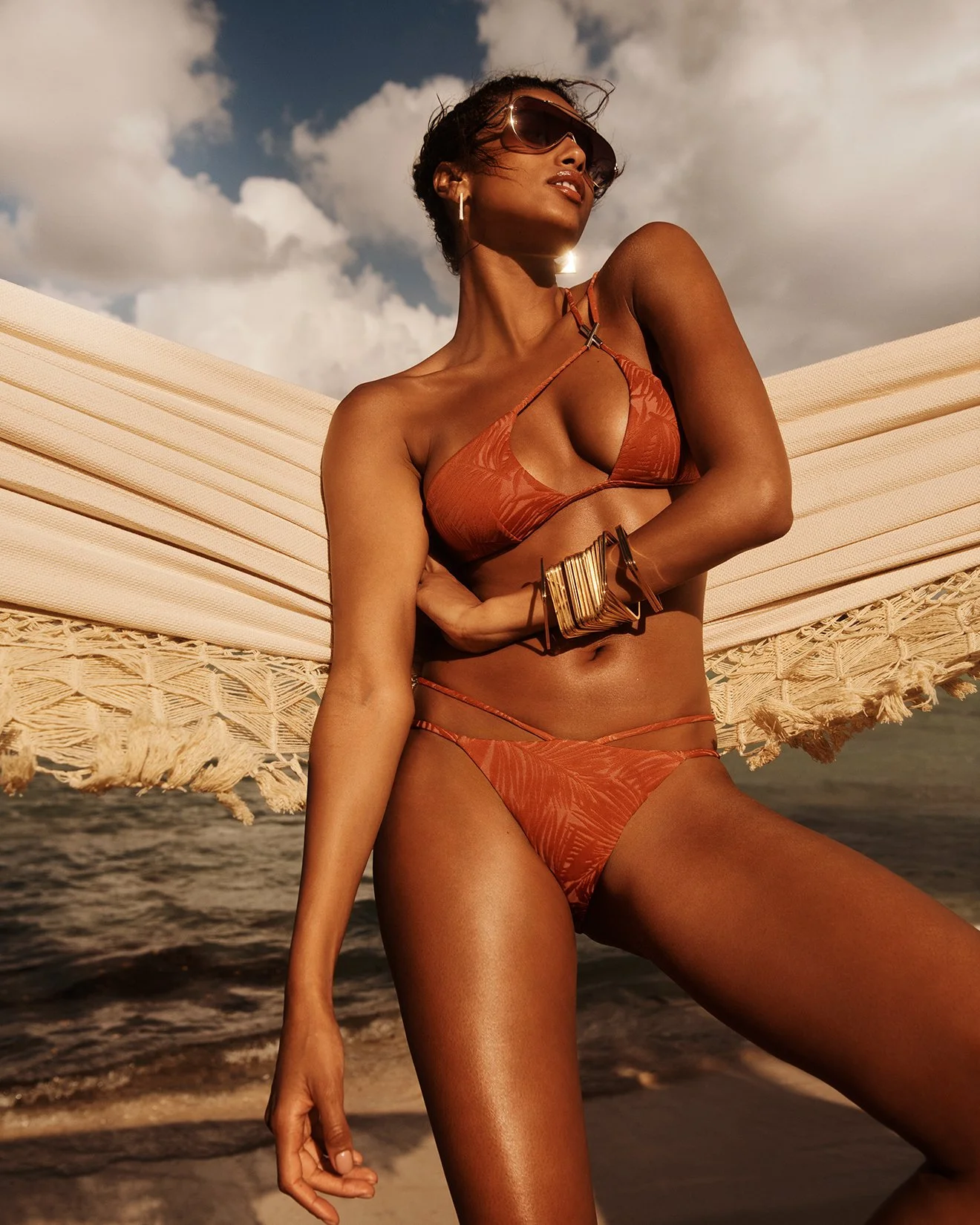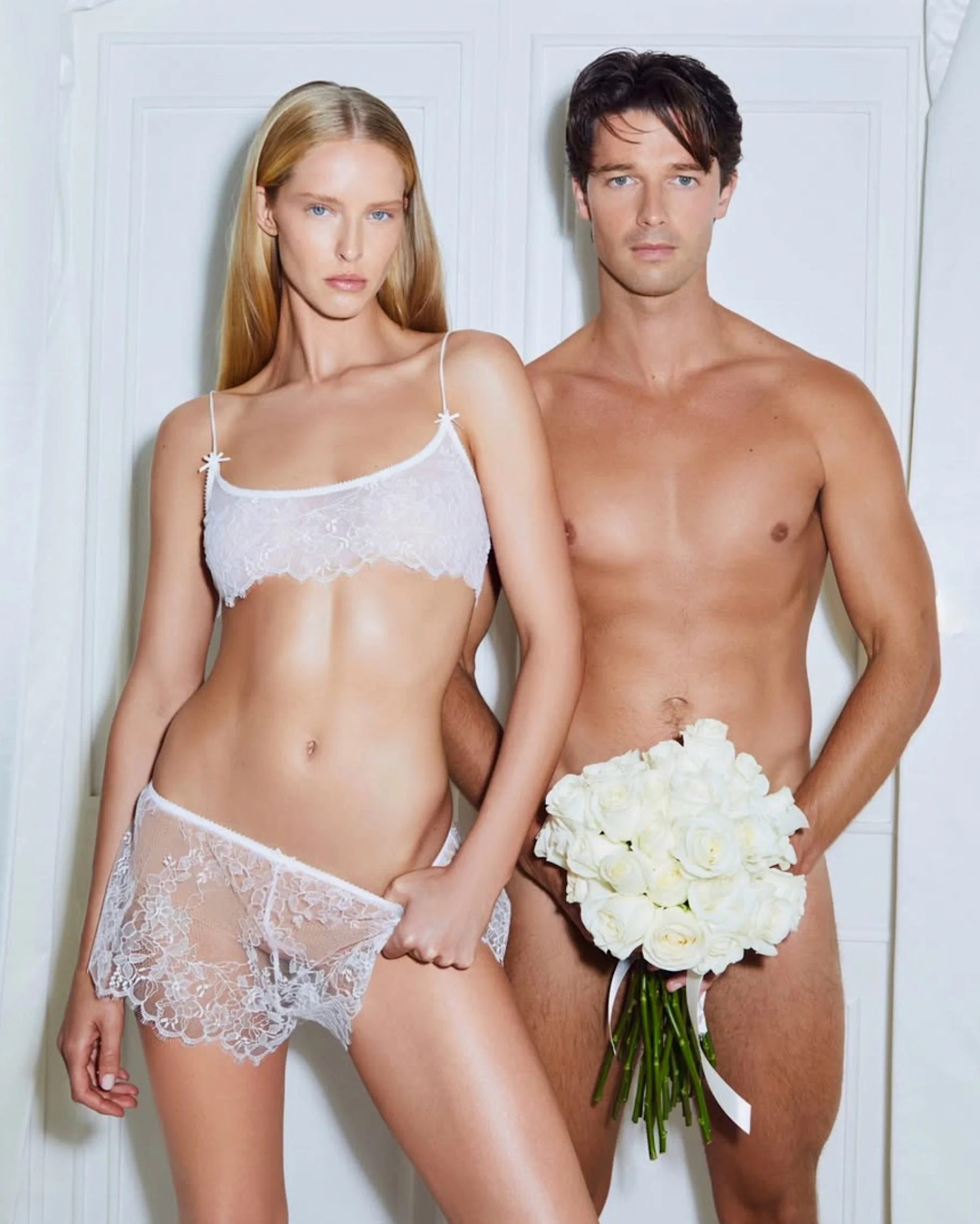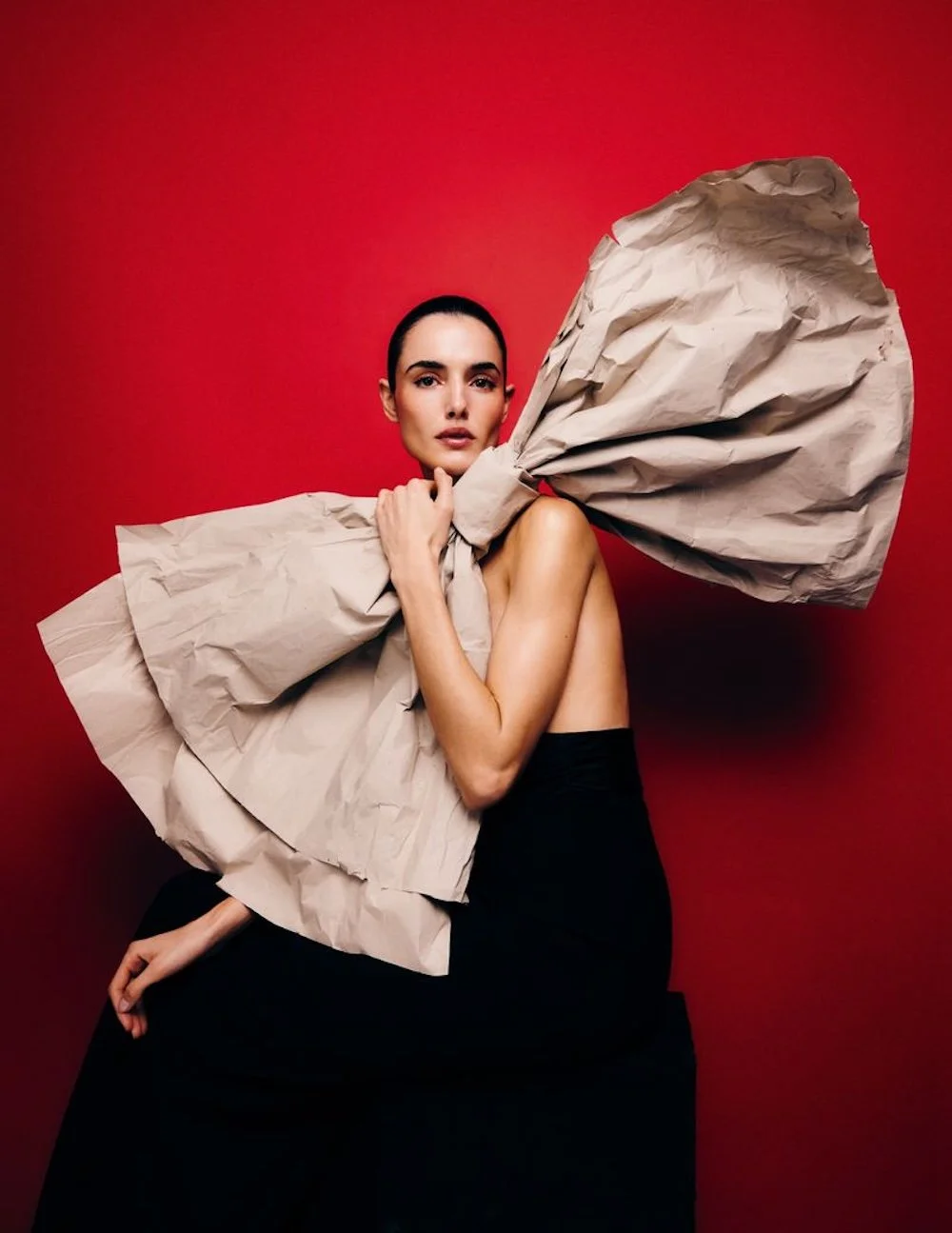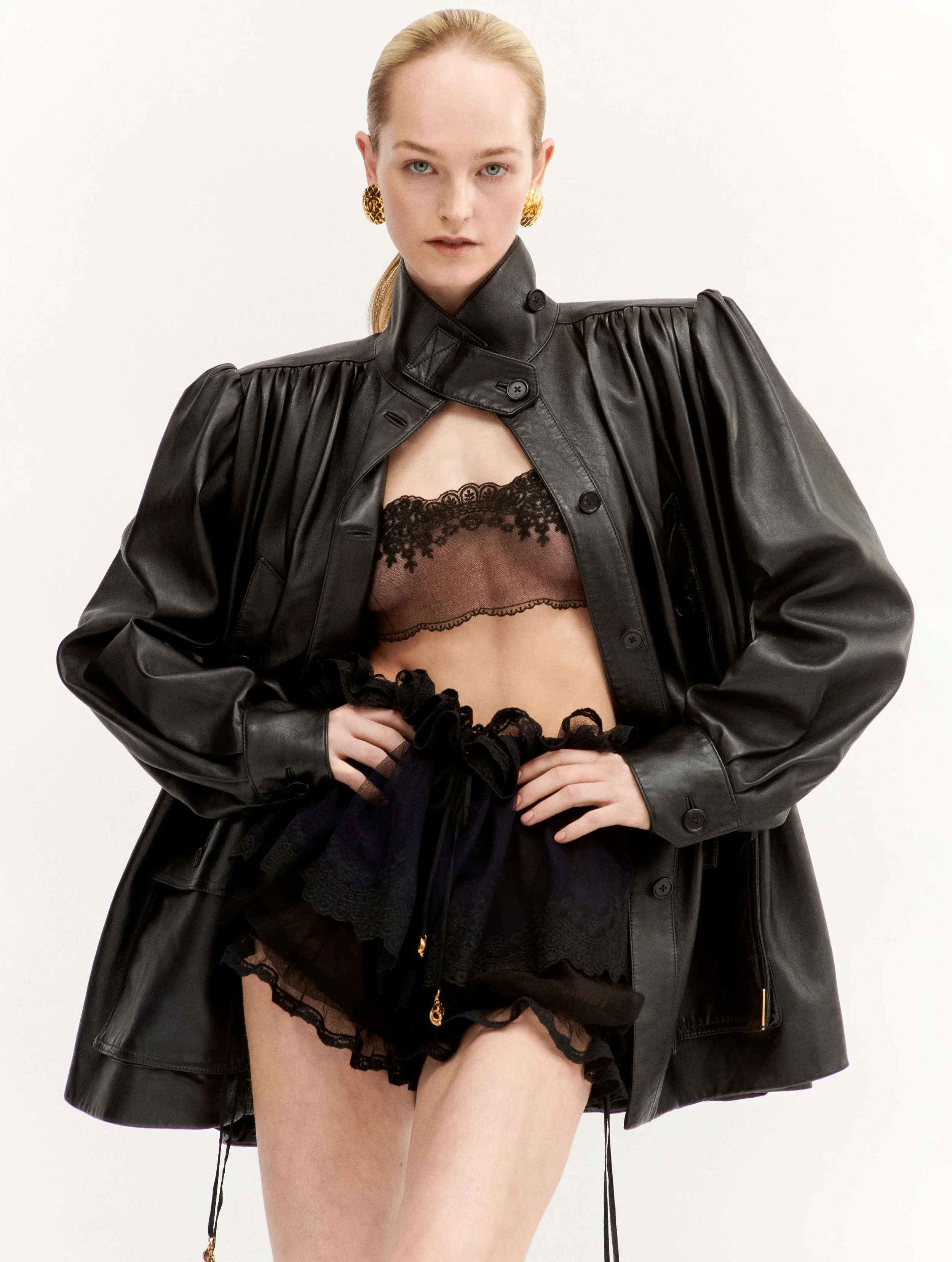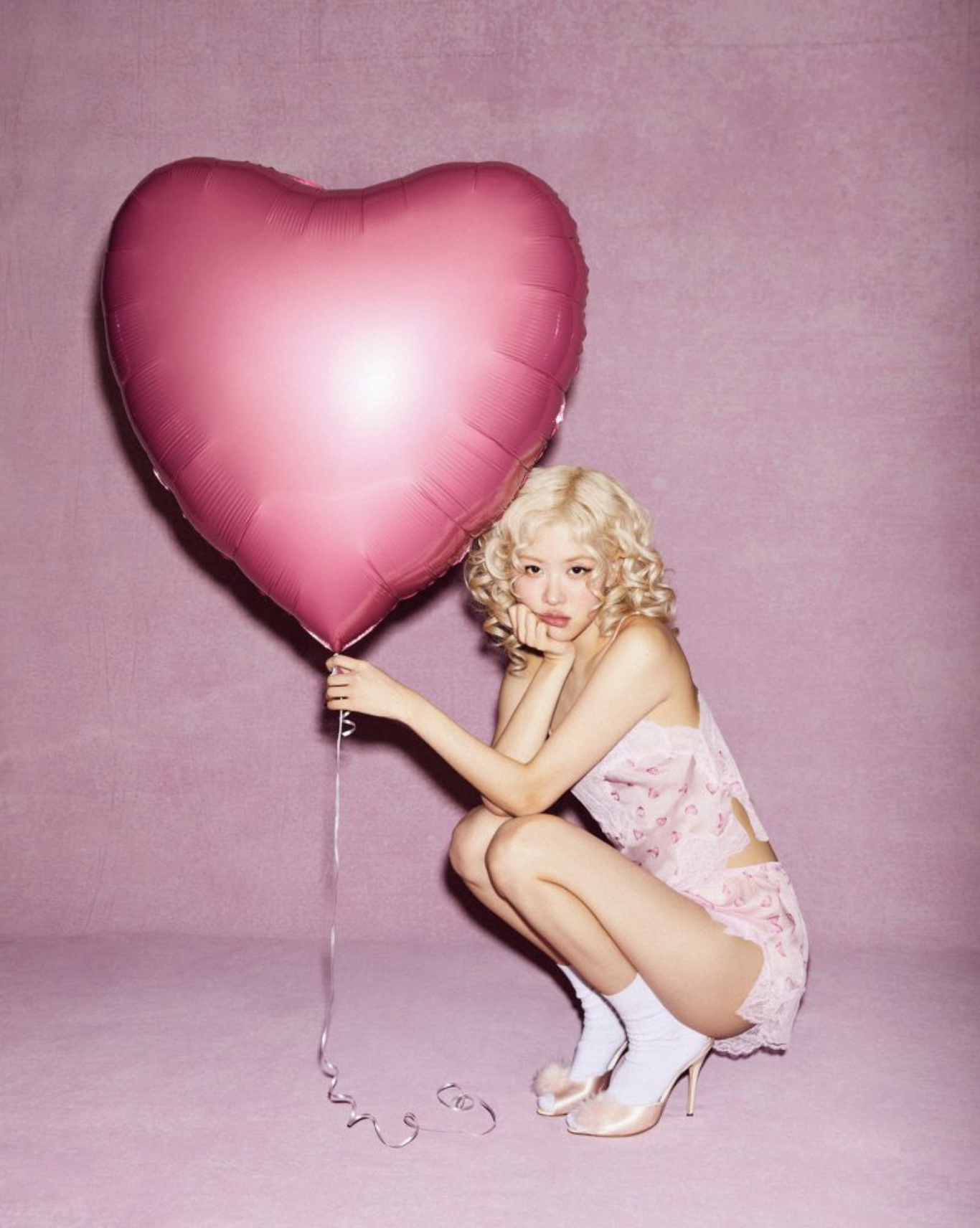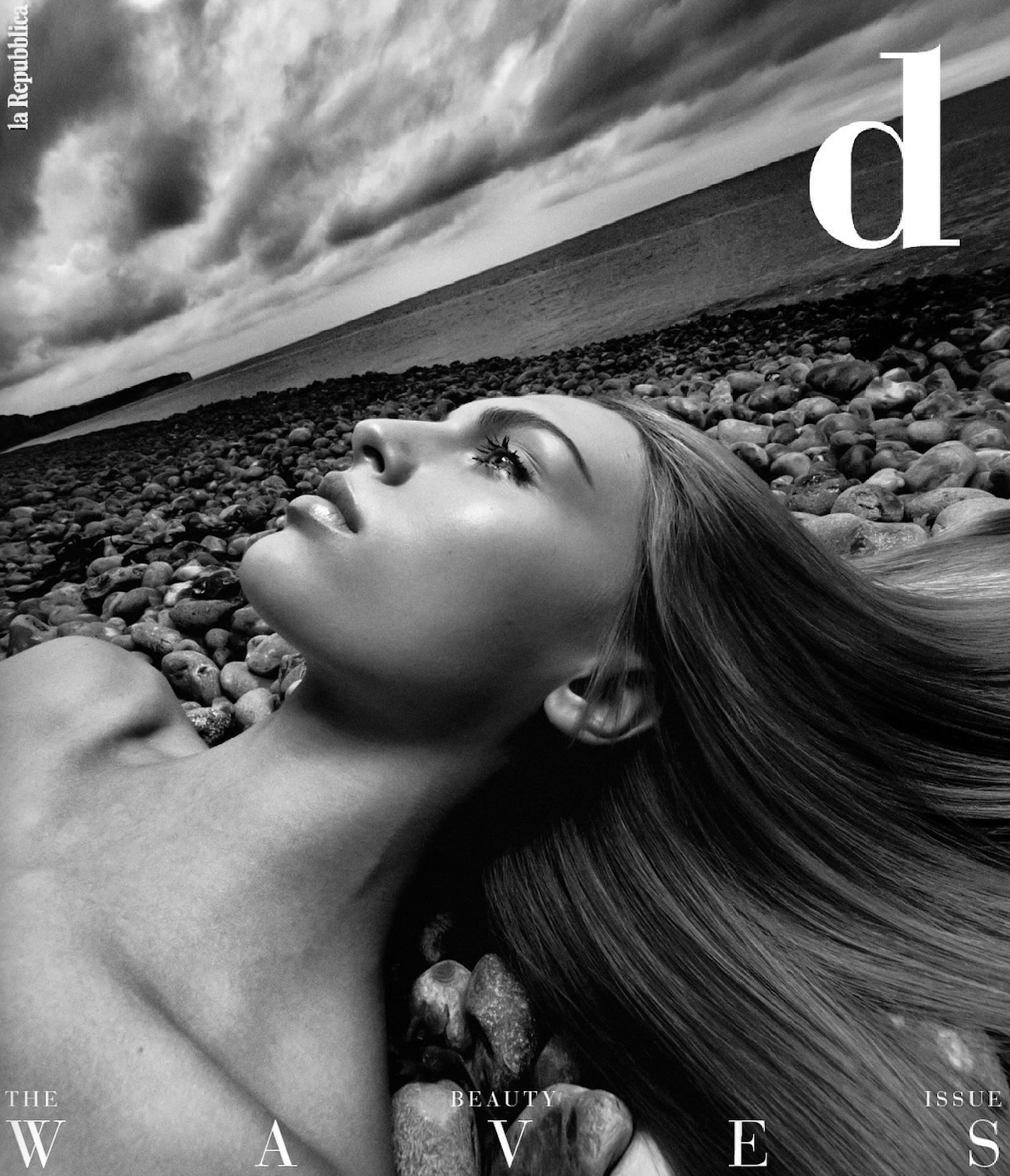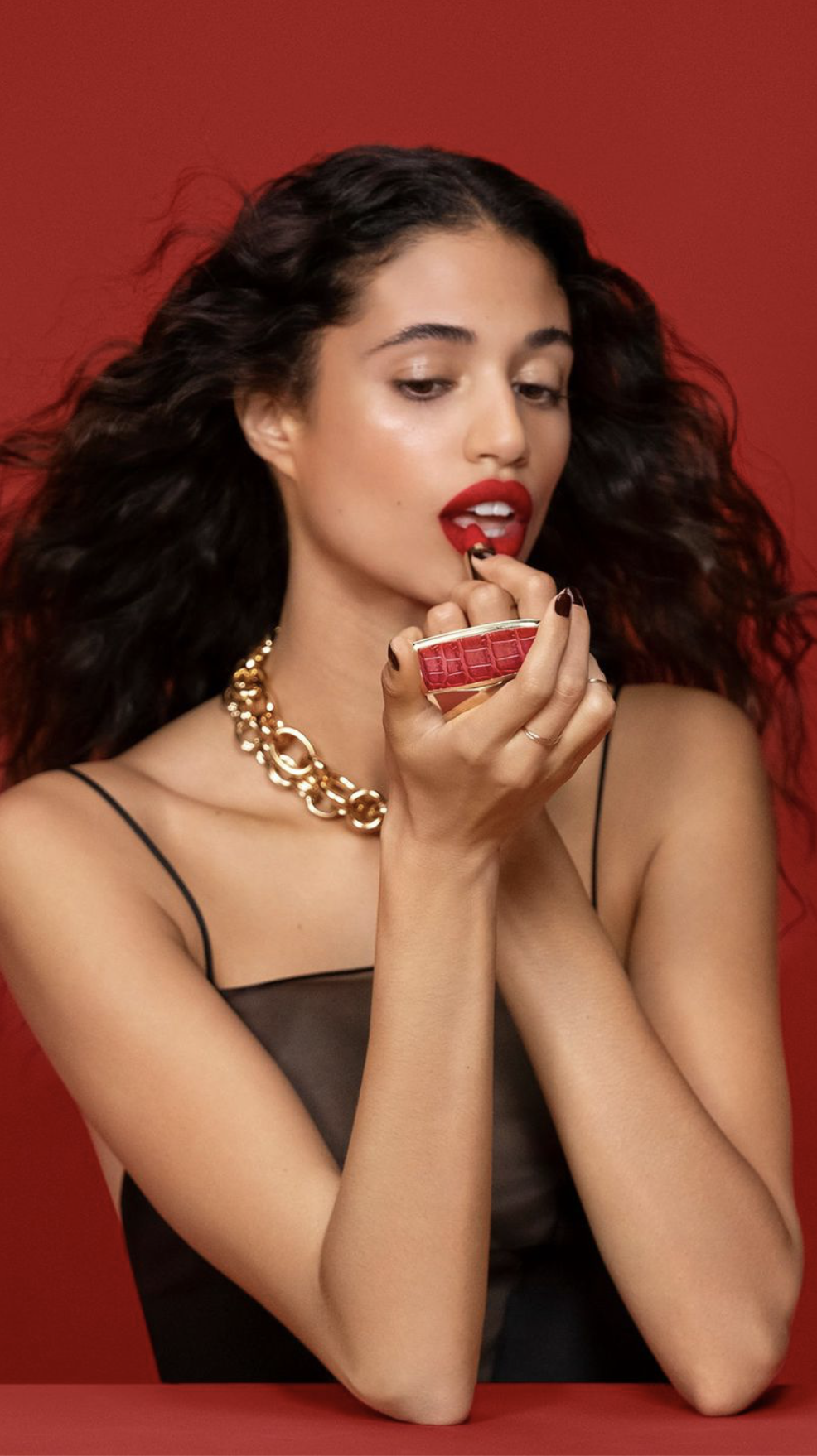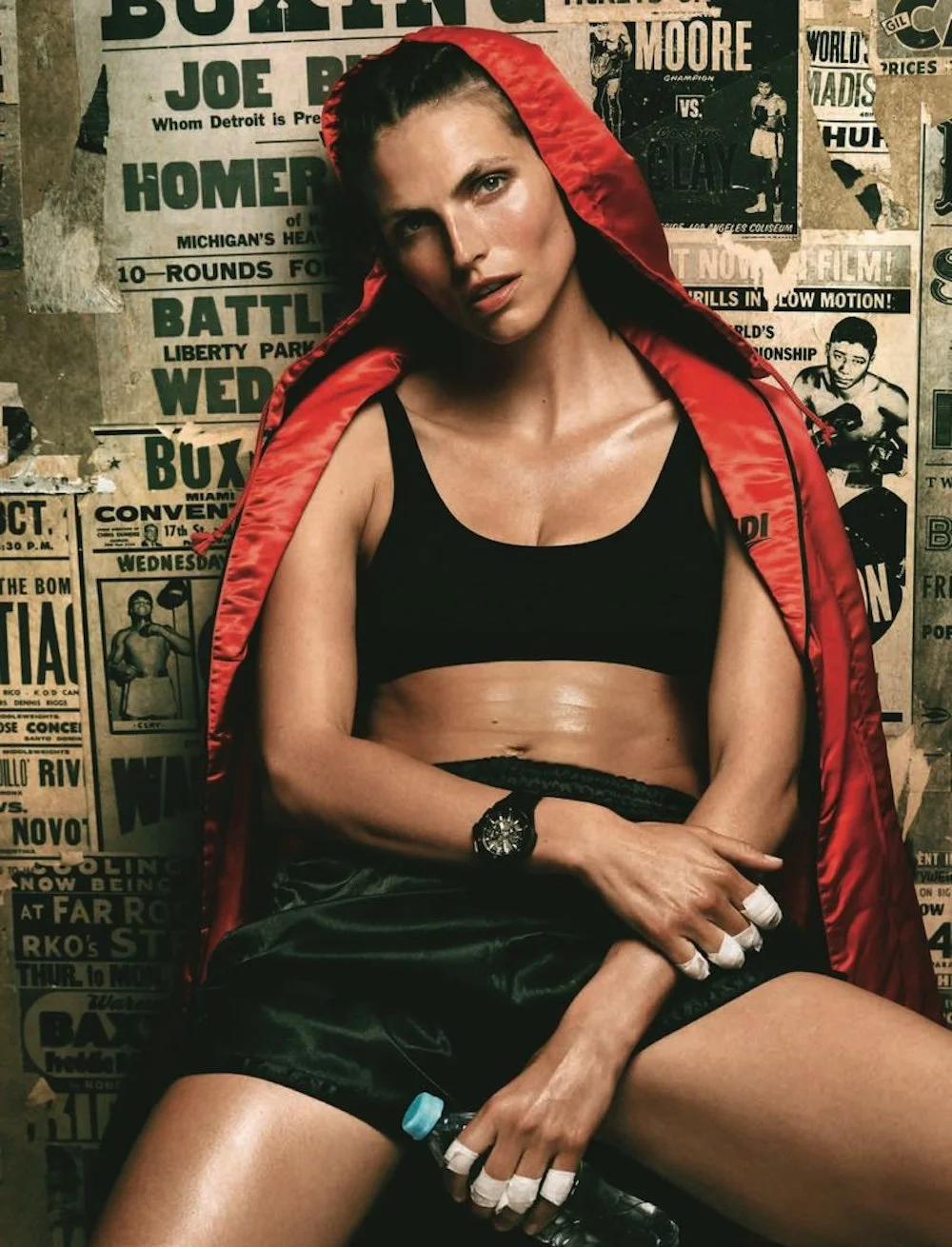Does Today's Fashion Strategy Suppress Female Libido?
/I will be thinking out loud in the coming days about these possibilities:
- Does the fashion industry, not only organized religion, depress female sexuality?
- Do science and health research confirm that lower BMIs discourage libido? (I don’t know.)
- Does a Smart Sensuality designer like Donna Karan break through this mold, encouraging women “to be women” and not impotent, skinny ‘amanzons’?
Tracy Quan made an two interesting points about female anatomy in yesterday’s in London’s Guardian.
First up, Quan weighs in on our global fixation on Michelle’s biceps, pointing out that popular culture, the fashion industry, and humans (male and female) are always focused on some part of female anatomy.
Besides calling toned arms the new ‘fetish object’ (food for thought there, Tracy), Quan calls out a key difference between Madonna’s biceps and Michelle’s. In doing so, she helps me identify my own aggravation for Madonna taking heat over her lean, ‘mean’ 50-year-old woman’s ‘body machine’.
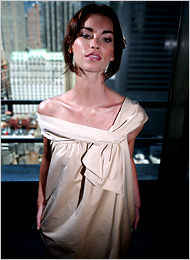 In May, 2007, the NYTimes wrote: As the rest of women’s bodies recede in spring fashions, the clavicles, or collarbones, and the upper chest between them, is rising to prominence. Toned shoppers who want to show off their self-discipline in the face of dessert are choosing dresses with a low, but not plunging neckline, a look that is transforming the area above the breasts into an unlikely new subject for women to obsess over.
In May, 2007, the NYTimes wrote: As the rest of women’s bodies recede in spring fashions, the clavicles, or collarbones, and the upper chest between them, is rising to prominence. Toned shoppers who want to show off their self-discipline in the face of dessert are choosing dresses with a low, but not plunging neckline, a look that is transforming the area above the breasts into an unlikely new subject for women to obsess over.
Clavicles became the new errogenous zone to fashionable women —- if not men. I can’t imagine that men were very ‘turned on’ by this fashion trend.
True, the clavicle is far different territory than thongs peeking out of one’s butt. But it’s also a BMI registry zone. You can BMI-hide under a tent dress, but not in this photo.
Tracy Quan makes the point that: A demure collar bone peeping out from a flowing V-neck blouse makes two bare biceps seem positively risqué. But when you consider some recent options – exposed thongs, derrieres, navels and tummies – bare biceps seem quite genteel.
Are Michelle’s biceps pulling us forward from the good girl, Goodbye Mayberry Demuresville? Perhaps in some official, socially-acceptable way.
The reality of women’s Internet search habits is that we’re not ‘demure’ at all. As I said to a client just yesterday: “We women lie, lie, lie when it comes to our sexual desire. The Internet allows us to take action in private.”
I agree that having FLOTUS promote female ‘muscle lust’ is good for the country and good for women, even if my friend David Brooks is shocked to kingdom-come.
From Quan’s holistic perspective on body image and fashion, the fixation on Michelle’s biceps are more than a (‘hypocritical’ per Anne) societal reconsideration of ‘showing some skin’, revealing our greatest unconscious concerns that women really will “run with the wolves”.
American Bedrooms
We have a long way to go in America, before we ladies are truly running wild.
Remember, life in both Red and Blue states bedrooms continues in a downward spiral, although we have some evidence that the recession is causing limited sparks in the country’s sexual engine.
If we can’t ‘party out’ as much as before, some of us are ‘partying in’.
We’re not yet able to track the Obama influence on bedroom behavior, but I’m betting big on this future. If I were Jim Cramer, I’d say ‘buy the stock, people’. (Note: Jim met his match last week with Jon Stewart.)
Fashion Pundits Waffle on ‘Thin Is In’
Returning to the Michelle/Madonna balance, Quan writes: “Compared with Madonna’s overworked-looking biceps, Michelle’s are less theatrical and more feminine. As a trendsetter, the first lady is, of course, more accessible than Madonna, whose tastes and whims are a little daunting. Michelle connotes style, Madonna fashion, whether we’re talking biceps or clothing and demeanour.”
Now this is insightful thinking on Quan’s part. And it explains why I get so huffy when Madonna is criticized for having the body that the fashion industry wants her to have.
Fashion writers can’t be half-pregnant on this topic. Runway looks change, but the fashion industry message does not.
You’re in or you’re out on the ‘you can never be too fashion-industry thin” subject. Please stop waffling, because ordinary women, who read fashion tomes, become very confused.
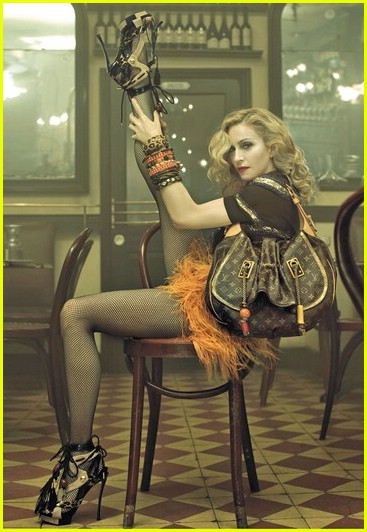 Madonna’s body is exactly what the fashion industry demands of women, and I’ll not have her criticized for pulling it off at 50.
Madonna’s body is exactly what the fashion industry demands of women, and I’ll not have her criticized for pulling it off at 50.
Female Libido Lockdown
For the most part, fashion designers have denied the potency of female sexuality, preferring to dress us in boy bodies. And we women let them.
We agree with them. We lovely lamb chops encourage the body-perfect obsession, while we slink around the Internet, trying to let off libido steam. The fact that our faces fall and we look like saggy, baggy, wrinkled coat tracks (smokers or nonsmokers) at 60 is another subject. We’re willing to pay the price or make ourselves psychological, body-hating wrecks trying to achieve ‘the look’.
My point is that the fashion industry and fashionistas are in agreement here about thinness, so let’s get off Madonna’s back for getting it right. Our “cluck, cluck, clucking” is unseemly behavior. Or women are more ageist than men, which is possible.
Michelle Weighs In
Michelle Obama’s Smart Sensuality body and commitment to exercise and self-discipline are an alternative to “you can never be too rich or too thin” thinking.
Michelle’s view is a Cultural Creative perspective, and Madonna’s more Modern. (I do not mean to deman Madonna’s global efforts to raise awareness on a host of important social issues, suggesting that as a Modern, she has less ‘heart’. In terms of the research, Moderns are less concerned about others and much more concerned about appearances.)
MrsO wrote that they’re tired of the bare arms discussion, but I’m not.
I’ve lived in my own head, and tracked the ambivalent mindset of American women for too many years on this subject. The pressure won’t stop, but let’s start being honest with each other about the nature of this body-image beast.
Thanks, Tracy Quan for getting me thinking this morning. I love the thoughtful, meaty articles found in the international press. When it comes to deep thinking on sex, we must leave American shores.
It’s my job to circle the world, pulling perspectives together.
Today, I’m having a bit of a light bulb moment myself. I’ve always skirted the topic of the fashion industry’s relationship to female sexuality. So much of the imagery is over-the-top sexy, so the appearance is that fashion promotes “girls going wild’. If anything, we should pull fashion back from the precipice of vulgarity.
Today, I question this point of view.
Of course, the fashion industry is a big place, and no stiletto fits all. Yet, I’ve never dug deeply into my own opinions on the fashion industry, female sexuality and whether or not we actually depress the nation’s libido.
I, who always walk where angels dare not tread, have failed to explore this question. Why?
Realistically, FLOTUS and POTUS gives us one of the few big-platform, public views of a respectable, sexual potency, a bona fide love affair that gets women off Ralph Lauren’s romantic horse and into the daily travails of real-world existence.
A hot couple’s sexuality that flows in the trenches of life is darn inspiring for any living, breathing American woman and man.
Food for thought, here Tracy. You’ve given us some delectable morsels to savour here. Thanks a bunch. Anne
Afterthought: BMI, Obesity and Body Imagery
PS: On the subject of BMI, let me not confuse readers, letting you believe that I endorse our national obesity epidemic. I don’t.
I only endorse BMIs within a healthy zone, as determined by medical science.
My critique of designers and the fashion industry is focused on BMIs of 18-21, and lower, which are totally unachievable for most women. Now, I’m questioning whether they actually suppress libido. I have no answer to this question.
I DO believe that women’s ambivalence and self-loathing about weight and body image, AND the suppression of healthy sexuality, are key causes of obesity in America.
Our American obesity challenge goes far beyond low-carb diets, fast food, and lack of exercise for American women. We’re talking body image, age image and suppressed sexuality here, from my perspective.
There’s a new ‘possible reason’ why women are drugged up on an epidemic of anti-depressants. I have no proof this morning, but I sense that millions of us cannot deal with facing the totally imperfect woman in the mirror.I couldn’t for years, not until I took full responsibility for my physicality. I underscore the word full.
We ladies definitely need some new role models in 2009, which is why we LOVE Michelle Obama. Anne







